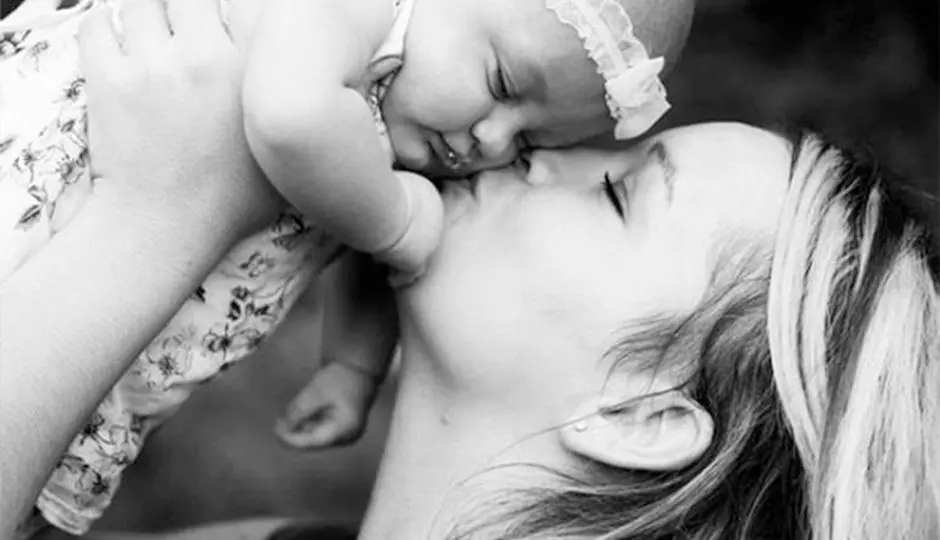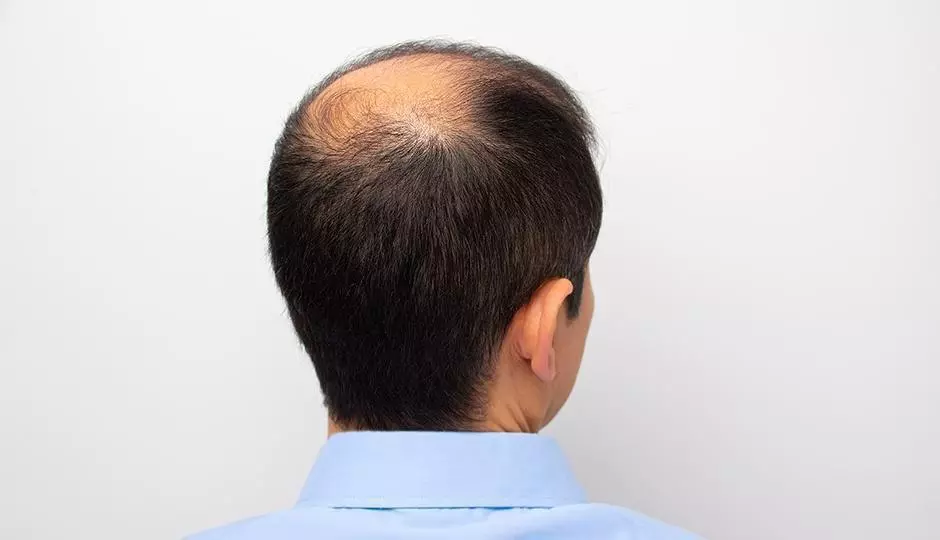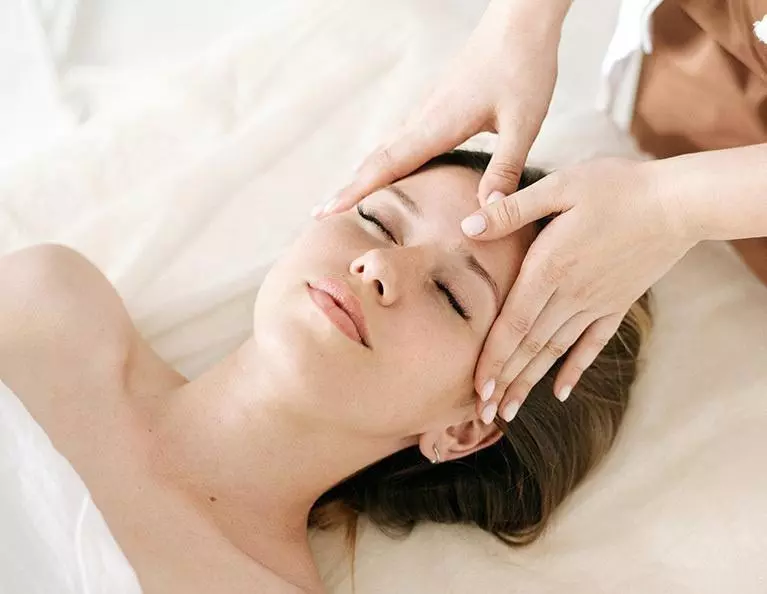New mothers often tell very similar versions of their stories of postpartum hair loss. A typical one goes something like this: My hair was thick and healthy during my pregnancy. I loved the luscious locks; they were better and fuller while I was pregnant than they ever had been before! Then, a month or two after I gave birth, I started noticing unusual amounts of hair on my pillow. Huge clumps would fall out while I was showering, and when I looked in the mirror, my thinning hairline made me wonder if I was going bald. It was really stressful for me at a time when I already had so much going on. I cut my hair and worked at changing my part to try to hide the bad areas. A few months later, I started seeing some growth. These short, soft hairs were also challenging to work with, but by the time my child turned 1, my hair was back to normal. Thank goodness!
As any new mother will tell you, the months surrounding her child’s birth can be a hormonal rollercoaster, and as a large percentage of those new mothers come to find out, changes in hormones can trigger an irregular shift in their hair’s growth cycle, often leading to excessive loss after the child is born. If this sounds familiar, it may be because the same mechanism (telogen effluvium) occurs when stress-induced physiological responses cause hair loss, a topic that we discussed two weeks ago.
This phenomenon is known as telogen effluvium, a term which describes the movement of hairs which would otherwise be in their growth phase to a resting phase. While typically approximately 90% of the hairs on a head are growing and about 10% are resting and shedding, manes experiencing telogen effluvium have a lower percentage of growing hairs and a higher percentage of resting and shedding hairs, causing unwanted thinning and premature loss.
There is good news and bad news for anyone experiencing or anticipating postpartum hair loss. The good news is that hair almost always returns in full. The bad news is that not much can be done to avoid the loss in the first place. What new mothers can do is try to provide their hair with the nutrients and care it needs to be as healthy as possible. This means eating well, brushing gently, refraining from tight ponytails or braids, and avoiding heat, such as high blow dryer settings or flat irons, while styling. Quality products and mousses can add volume during the transitional period, and a new cut or do, including texture, color, and length, can be designed around a new mom’s specific needs (those caused by the thinning hair and those of the busy, new, full-time job). To learn more about how we can help you, contact the team at New Look Institute for a free, private consultation.
Photo credit: *Ann Gordon via Flickr Creative Commons







